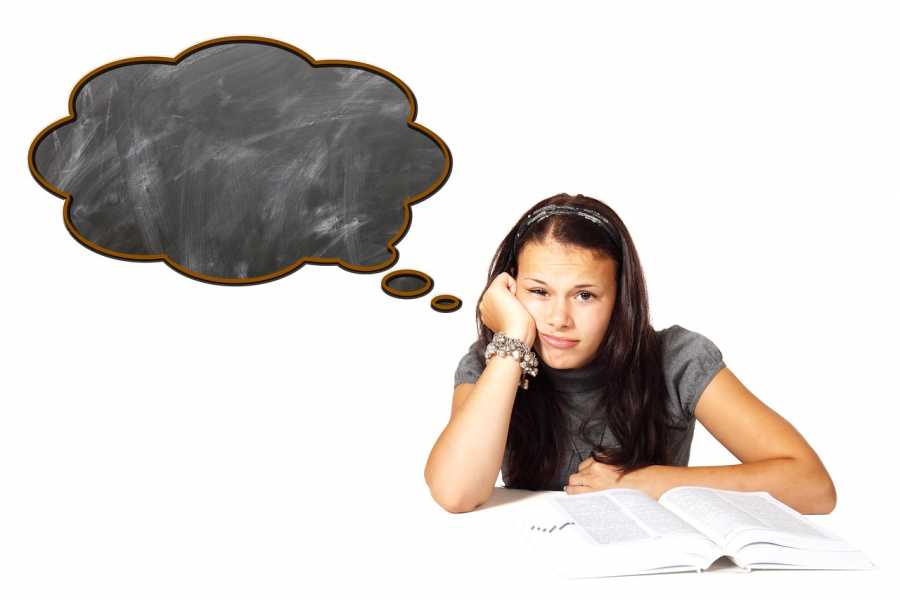Hey there, amazing teens! Are you navigating the rollercoaster of teenage life and looking for ways to handle stress, anxiety, or the everyday challenges of growing up? You’ve landed in the perfect spot. In this guide, we’re diving into the world of Cognitive Behavioural Therapy (CBT) self-help – a proven, effective method that’s all about understanding and managing your thoughts and emotions. This isn’t just a lesson; it’s a journey into the workings of your mind, with easy-to-follow advice and techniques. So, are you ready to explore and learn some life-changing skills? Let’s get started!
Key takeaways:
- Introduction to CBT for Teens: Cognitive Behavioural Therapy (CBT) is a powerful tool for understanding and managing thoughts and emotions, offering life-changing skills for teens.
- CBT and Teen Life: CBT helps teens navigate the complexities of school, friendships, family, and expectations, providing tools to handle stress, social anxieties, and self-pressure.
- Recognising Negative Thoughts: Negative thoughts can be subtle but impactful. Keeping a thought diary helps identify patterns and provides insights into self-critical or anxious thinking.
- Challenging Negative Thoughts: Thought Court involves putting negative thoughts on trial, questioning their validity. Flip the Script by reframing negative thoughts with positive alternatives.
- Developing Positive Behaviours: Establishing a daily routine provides structure and balance. Celebrating small achievements builds confidence and positive self-esteem.
- Coping Strategies for Stress and Anxiety: Breathing and relaxation techniques are powerful for calming the mind. Mindfulness, through activities like meditation and yoga, helps focus on the present moment.
Understanding CBT for teenagers
What’s CBT Anyway?
CBT is like being a detective and a scientist of your own mind. It helps you understand why you think the way you do, how your thoughts affect your emotions, and ultimately, how they lead to your actions. The coolest part? You get to learn how to change these thought patterns that might be holding you back.
CBT and Teen Life
As a teen, you’re dealing with school, friends, family, and a ton of expectations. Sometimes, your mind can feel like a maze of thoughts and emotions. CBT is here to help you navigate through this maze. It’s not just about fixing problems; it’s about equipping you with tools to handle thoughts about school stress, social anxieties, and the pressure to fit in or succeed.

Recognising Thought Patterns
Spotting the Negative Thoughts
Negative thoughts can be sneaky, popping up and colouring your view of the world and yourself. They can be about your abilities, your looks, or your social life. Recognising these thoughts is like shining a light on shadowy corners – it gives you the chance to see things clearly.
Keeping a Thought Diary
Start by writing down negative thoughts in a diary. This isn’t just any diary; it’s a powerful tool that lets you see patterns in your thinking. Over time, you’ll begin to notice trends – like being too hard on yourself or fearing the worst in social situations.
CBT Techniques to Challenge Negative Thoughts
Thought Court
Put your thoughts on trial. Challenge them. Ask, “Is this thought based on facts or just my assumptions?” Dissect them as if you’re a lawyer, looking for proof, questioning their validity. This exercise isn’t just fun; it’s a way to take control.
Flip the Script
Try turning a negative thought on its head. If a thought like “I’m not good enough” comes up, challenge it with, “I am doing my best, and that’s enough.” It’s like choosing to turn off a sad movie and putting on an inspiring one instead.
Developing Positive Behaviors
Creating Your Routine
Your routine is like the backbone of your day. It keeps you upright and balanced. Create a morning routine, organize your study time, and set aside moments for relaxation. This structure doesn’t restrict you; it actually gives you freedom by keeping you grounded and focused.
Embracing Small Achievements
Celebrate the small victories. Finished a difficult assignment? That’s a win. Spoke up in class? Another win. These moments build up like bricks, creating a foundation of confidence and positive self-esteem.
Coping Strategies for Stress and Anxiety
Breathing and Relaxation Techniques
When stress or anxiety hits, your breath is a powerful tool. Learn breathing exercises to calm your mind. Visualization techniques, where you imagine a peaceful scene or a successful outcome, can also be incredibly soothing.
Mindfulness and Being Present
Mindfulness is about living in the ‘here and now.’ When you’re mindful, you’re not worrying about tomorrow’s test or obsessing over yesterday’s conversation. Activities like yoga, meditation, or even simple things like enjoying a walk or savoring a meal without distractions, can help.
Building a Support System
The Power of Communication
Good communication is key. Whether it’s with friends, family, or a trusted adult, talking about what you’re going through makes your burden lighter. It’s not just about venting; it’s about being heard and understood.
It’s More than Okay to Seek Help
Never feel embarrassed to reach out for professional help. Therapists, counselors, or school psychologists are trained to help you navigate these waters. Seeking help is a brave and smart step towards taking care of your mental health.
To Sum Up
So, here we are at the end of our guide. Remember, mastering these CBT techniques takes time and practice. Be patient with yourself. You’re learning skills that will not only help you now but also equip you for the challenges ahead.
Identify negative thoughts: Keep a thought diary to track patterns.
Challenge these thoughts: Ask if they’re based on facts or assumptions.
Replace with positive thoughts: Flip negative thoughts into positive affirmations.
Practice mindfulness: Focus on the present to reduce anxiety and stress.
Set achievable goals: Create small, manageable objectives for behavioral change.
Identification: Recognize negative thoughts or problematic behaviors.
Awareness: Understand the impact of these thoughts and behaviors.
Challenging: Question and dispute irrational or negative thoughts.
Replacement: Develop and reinforce positive thoughts and behaviors.
Practice and Application: Regularly apply these skills in daily life.
The CBT triangle for adolescents consists of Thoughts, Feelings, and Behaviors. It illustrates how these three elements influence each other. For example, a negative thought can lead to negative feelings, which might result in unhelpful behaviors.
Self-help in CBT involves using CBT principles and techniques independently. This includes identifying and modifying negative thoughts and behaviors, practicing self-care activities, and applying CBT strategies to manage challenges without direct therapist intervention.
If you find this useful, share it! Choose one of the sharing options below:








Leave a Comment